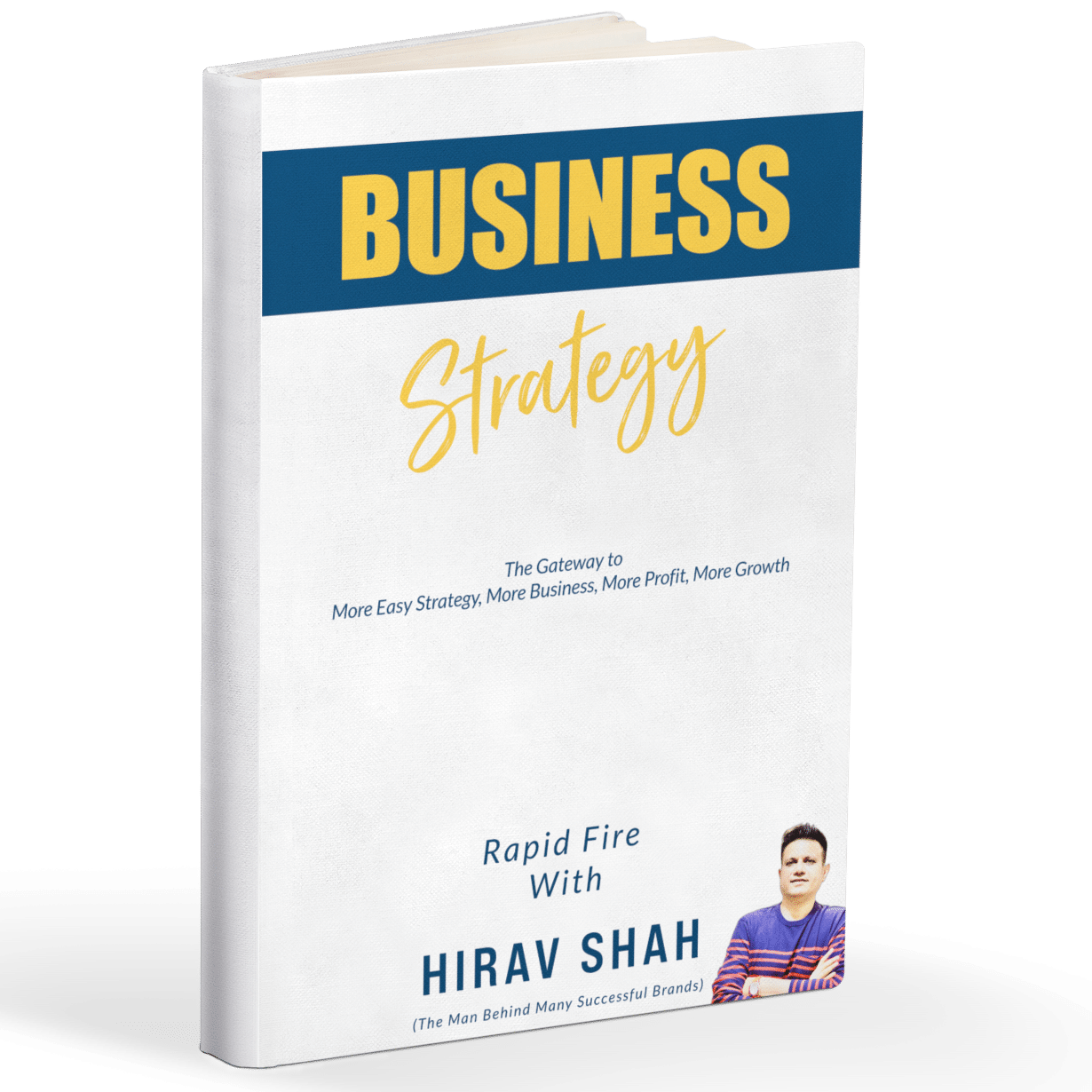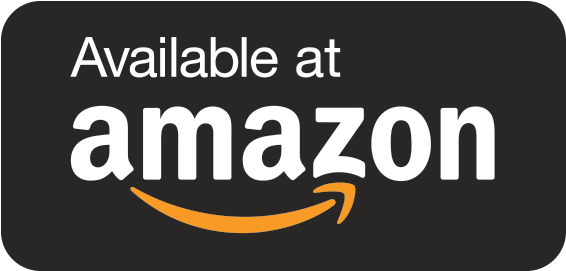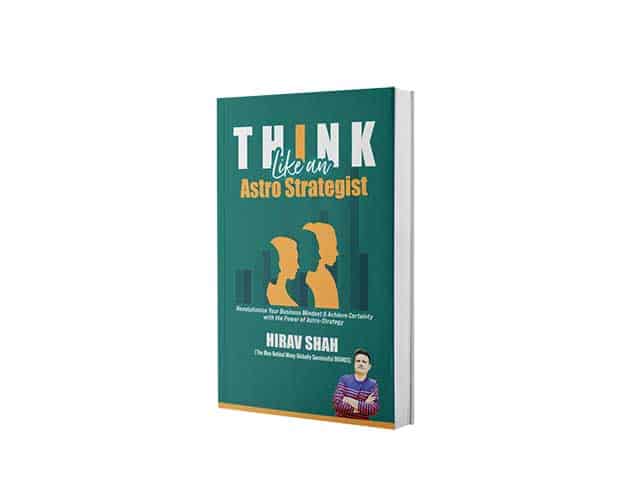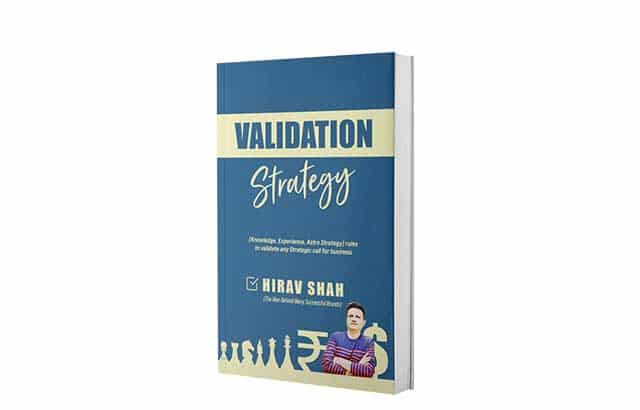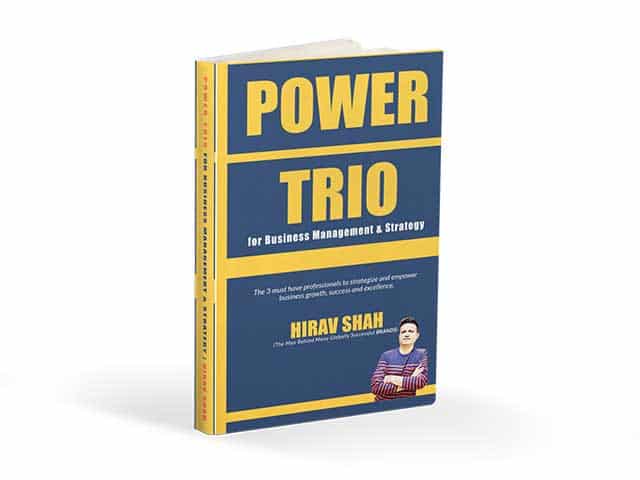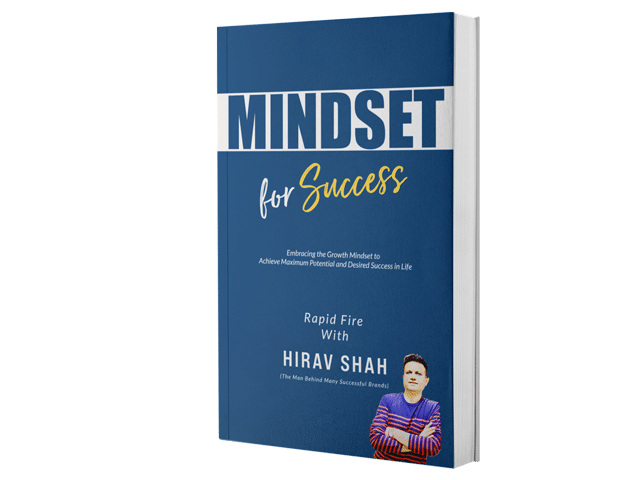Making tough decisions is a universal challenge, whether you’re navigating a career pivot, launching a business, or resolving a personal dilemma. These choices often come with high stakes, uncertainty, and emotional weight. Fortunately, a structured approach, combined with strategic insights, can guide you to clarity and confidence. In this blog, we’ll explore how to tackle difficult decisions, drawing on practical examples, the pivotal role of a strategist, and the wisdom of renowned business strategist Hirav Shah. We’ll also include calculations to weigh options, answer common FAQs, and provide actionable steps to empower your decision-making process.
Table of Contents
Understanding Difficult Decisions
Difficult decisions often involve competing priorities, incomplete information, or significant consequences. They might arise in business (e.g., choosing between expansion or cost-cutting), personal life (e.g., relocating for a job), or relationships (e.g., ending a partnership). According to Hirav Shah, a leading business strategist, “Exponential growth can be achieved when you know where you are, where you want to go, why you want it, what’s the gap, and the chances of success.” His philosophy underscores the need for clarity and strategic alignment in decision-making.
A Step-by-Step Framework for Making Difficult Decisions
Here’s a practical, step-by-step guide to navigate tough choices, enriched with examples and strategic insights.
1. Define the Problem Clearly
A vague problem leads to vague solutions. Articulate the decision in specific terms to set a focused foundation.
- Example: Sarah, a marketing manager, faces a choice between accepting a promotion that requires relocating to another country or staying in her current role with better work-life balance. She defines her problem as: “Should I prioritize career advancement or personal stability?”
- Strategist’s Role: A strategist like Hirav Shah helps refine the problem by aligning it with long-term goals. Shah might ask Sarah to assess how the promotion fits into her five-year career vision, ensuring the decision supports her broader aspirations.
- Action: Write a one-sentence summary of the decision. For Sarah: “I need to decide whether to relocate for a promotion or stay for stability.”
2. Gather Relevant Information
Collect data to understand the implications of each option. This includes facts, opinions, and potential outcomes.
- Example: Sarah researches the new role’s salary ($120,000 vs. $80,000 current), cost of living in the new country (20% higher), and job responsibilities. She also talks to colleagues who’ve relocated to gauge their experiences.
- Strategist’s Role: Hirav Shah emphasizes data-driven decisions. He might guide Sarah to quantify intangible factors, like job satisfaction or family impact, using a scoring system. Shah’s Astro Strategy™ approach could also highlight auspicious timing for such a move, blending logic with intuition.
- Action: List pros, cons, and unknowns for each option. Use reliable sources, expert advice, or tools like SWOT analysis.
3. Identify Alternatives
Explore all possible paths, including unconventional ones, to avoid tunnel vision.
- Example: Beyond accepting or declining the promotion, Sarah considers negotiating a hybrid role (part-time remote work) or seeking a similar promotion locally.
- Strategist’s Role: A strategist uncovers hidden options. Shah might suggest Sarah propose a trial period abroad to test the role, reducing risk while preserving opportunity.
- Action: Brainstorm at least three alternatives, even if they seem unlikely, to broaden your perspective.
4. Weigh Options with Calculations
Use quantitative methods to compare options objectively. Here are two simple calculations to aid decision-making:
-
Weighted Decision Matrix: Assign weights to key factors (e.g., career growth, family impact) based on importance (total weight = 100%). Score each option (1–10) and calculate the weighted score.
Sarah’s Example:
- Factors: Career Growth (40%), Family Impact (30%), Salary (20%), Work-Life Balance (10%)
- Option 1 (Relocate): Scores 8, 4, 9, 3 → (8×0.4) + (4×0.3) + (9×0.2) + (3×0.1) = 3.2 + 1.2 + 1.8 + 0.3 = 6.5
- Option 2 (Stay): Scores 5, 8, 6, 8 → (5×0.4) + (8×0.3) + (6×0.2) + (8×0.1) = 2 + 2.4 + 1.2 + 0.8 = 6.4
- Result: Relocating slightly edges out staying, but the close scores suggest exploring hybrids.
-
Cost-Benefit Analysis: Estimate financial and non-financial costs vs. benefits over a period (e.g., 3 years).
Sarah’s Example:
- Option 1 (Relocate): Benefits = $360,000 salary ($120,000 × 3) + career growth. Costs = $50,000 moving + higher living expenses ($48,000) + emotional toll (unquantified).
- Option 2 (Stay): Benefits = $240,000 salary ($80,000 × 3) + stability. Costs = missed career opportunity (unquantified).
- Result: Relocating offers $112,000 more in net financial gain but carries emotional costs.
-
Strategist’s Role: Hirav Shah’s Business Decision Validation Hub could refine these calculations, factoring in market trends or personal alignment. Shah might advise Sarah to weigh long-term ROI (Return on Investment) against ROT (Return on Time), a metric he champions for sustainable success.



